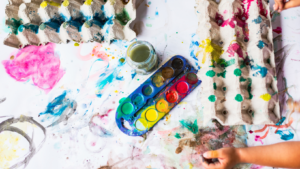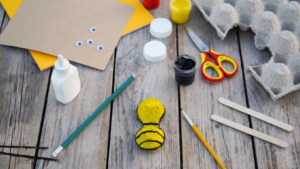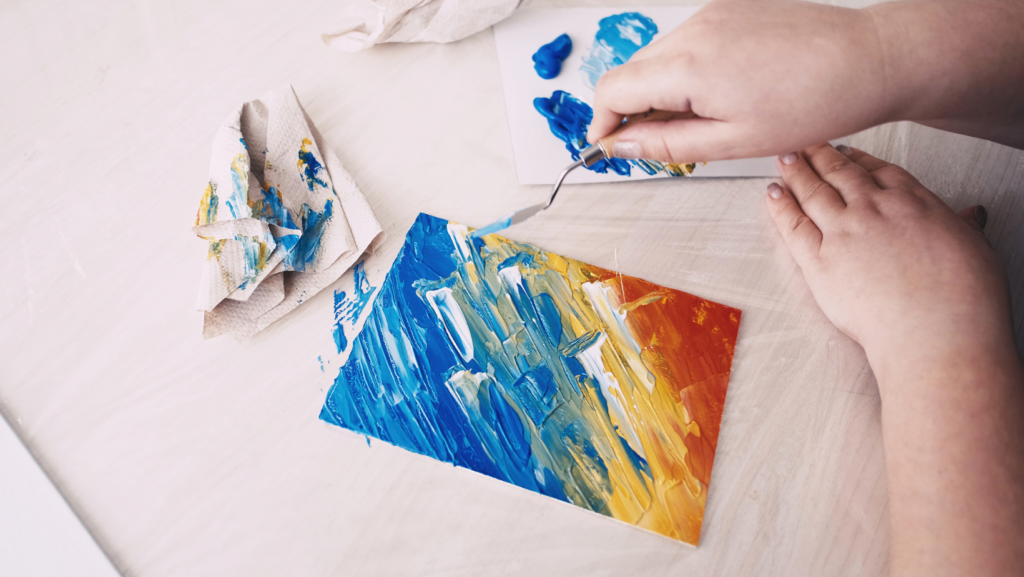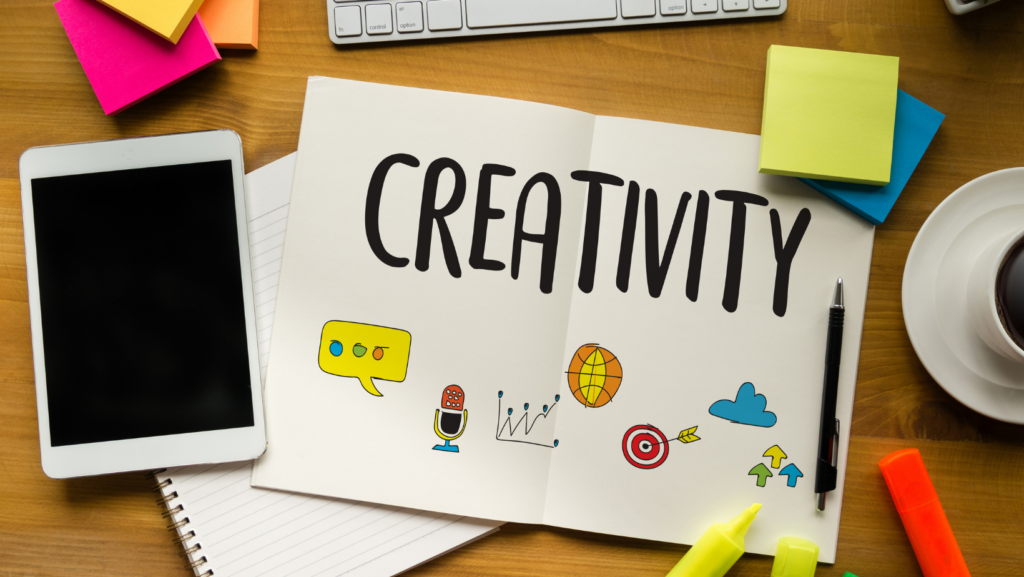Creative Process in Art

Artistic expression thrives on the creative process, a journey fraught with beauty, chaos, and matchless ingenuity. Revealing the workings of artistic creativity and its integral role forms the crux of this discourse.
As the lifeblood of art, creative process in art mirrors the artist’s mind, mirage-like, combining a tangible form with an intangible notion. It brings to life what lurks in shadows of consciousness, giving voice to the voiceless, crafting a melody from silence or a spectacle from monotony. For example, Turner’s tempests are a homage to the tumultuous storm at sea while Monet’s water lilies manifest silent serenity. Sundrenched landscapes and tempest-tossed seas; sultry tango or the serene ballet – creativity births art into existence. It’s transcendent, liberating, and quintessential to artistic expression.
Tools that Aid the Creative Process in Art

Pivoting from the stages of the creative process, let’s delve into tools artists use to bring their creativity to life. Both traditional art supplies and modern digital tools contribute significantly to the final art piece, each with their unique offerings.
Turning an inspiration into a tangible form involves classic art tools like paints, brushes, and canvas. A variety of paints, such as oil, acrylic, and watercolor, offers different textures, opacity, and drying times, impacting the artwork’s look and feel. Brushes, ranging from fine-pointed ones for meticulous detailing to broad ones for sweeping strokes, augment the expressiveness of the artist’s vision. A canvas, be it a stretched linen or a simple paper, acts as the foundation for an artist’s work, bearing the weight of their creative outpourings.
For sculpture artists, clay, stone, wood, and metal serve as the primary materials. They shape, carve, chip, or melt these materials, breathing life into their creative imaginations.
Digital Tools in Modern Art Making
As art evolves, digital tools have emerged as significant game-changers. Graphic tablets and stylus pen, used in digital drawings or paintings, mirror the tactile experience of traditional art making, yet offer much more flexibility. Artists can experiment with a myriad of colors, textures, and styles without worrying about irreversible mistakes, thanks to the undo function.
Digital software and platforms, such as Adobe Photoshop, Illustrator, and 3D modeling tools like Blender, empower artists to push the boundaries of creativity. They create detailed, realistic artworks or surreal, concept-driven pieces, transcending the limitations of traditional art.
How to Foster Creative Minds in Art

Art, serving as a manifestation of creativity, thrives when nourished by the fertile grounds of exploration and risk-taking. Crucially, this development happens not in isolation but within a supportive environment that fosters creative minds.
Promoting a mindset of experimental freedom is vital in fostering creativity in art. Creativity flourishes when artists feel free to explore diverse mediums and techniques, unshackled by fears of making mistakes. For instance, Picasso’s innovative Cubist style emerged out of his willingness to deviate from the traditionally accepted norms of art.
Art education holds significant influence over creativity cultivation. It provides a structure within which the artistic mind can grow, guided by experienced mentors. Additionally, creative process in art offers invaluable exposure to various art mediums, techniques, and historical contexts, which significantly broaden an artist’s creative horizon.
Moreover, proper art education facilitates the development of critical thinking skills, a crucial component for creative minds.



